The Secret to growing fabulous Hydrangeas
One of the most important things a gardener needs to know about hydrangeas is that they need plenty of water to thrive. That means that those gardeners with fast draining, dry sandy soil will definitely need to add great quantities of well-rotted organic matter to their soil so it can hold moisture and provide a thick mulch around the base of plants to try and retain it. Large containers are also a good option here, but regular watering will be essential, especially in hot dry summers when it may need to be done on a daily basis. Setting up a micro-irrigation system can prove well worthwhile for those busy gardeners short on time yet wanting to get the best displays possible. Good drainage is equally important however, as roots will quickly rot if left sitting in water or permanently wet soil. Get the watering right and hydrangeas can reward you with some of the most incredible displays of any flowering shrub.
Pruning is simple and apart from the occasional feed, is the only maintenance they might require.
For pruning, most commonly grown hydrangeas can be split into 2 groups:
1. Those that can be pruned back hard in spring to encourage lots of fresh new, vigorous growth and flowering, like Hydrangea paniculata or ‘Panicle Hydrangea’, which produces it’s large, classically conical flower heads in summer.
2. Those that need little or no pruning, except for the removal of deadheads after flowering and occasional tidying up of dead and old stems. Such as Hydrangea macrophylla, also known as the ‘Common Hydrangea’, with variations such as the ‘Lace Caps’ or ‘Mopheads (Hortensias). These flower in summer/late summer from buds developed during the previous summer and autumn on mature, ripening stems.
The climbing Hydrangea petiolaris can be included in this second group, simply because it is best left and encouraged to grow large and cover walls. With climbing a ladder only occasionally needed to trim it for shape.
Hydrangea paniculata ‘Panicle Hydrangea’
Hard pruning in spring is great for H. paniculata which forms its flower buds on fresh new growth. Although not essential, (as plants will grow just fine without it) pruning stems back to just a few remaining buds will encourage lots of new shoots, branching, bushiness, and plenty of flower heads. Pruning can also be done less dramatically, by just removing dead stems and any branches that cross over, to open plants up and encourage healthy new growth, but still leave a permanent framework to a desired shape and size.
One thing to note with this type of hydrangea, is that with huge flower heads on soft new growth which has not fully ripened and turned woody, the stems can snap quite easily. So, I’ve learned that it’s best not to plant them anywhere near where kids might be playing football or other day-to-day garden traffic could easily cause breakages.
Some recommended Hydrangea paniculata varieties include:
Hydrangea paniculata 'Vanille Fraise' is a showstopper with large pyramid-shaped flowers that turn from a creamy white to a striking pink.

Hydrangea paniculata 'Limelight' matures from a striking lime-green to a beautiful creamy white to add a touch of sophistication to any garden.

Hydrangea macrophylla ‘Common Hydrangea’ incl. ‘Lace Cap’ or ‘Mophead (Hortensia)
Hard pruning in spring is not appropriate for Hydrangea macrophylla and its many varieties, as growth of its flower buds begins the previous summer and autumn, at the end of mature stems and a spring pruning would remove them. Any pruning should therefore be done with a light touch and preferable straight after flowering.
For Hydrangea macrophylla it is enough to remove the dead flower heads and cut out any diseased or dead stems. Plants can occasionally be shaped and thinned out a little by pruning about a quarter of the oldest stems and weakest stems back to a couple of leaf joints. This will help to encourage healthy new growth and provide space for other stronger stems to thrive.
The plants should otherwise be allowed to grow on un-checked, to ripen the all-important flower buds and produce the most spectacular display the following year.
In most parts of the UK, hydrangeas are perfectly hardy enough to be planted out in the garden, but care must still be taken that the autumn-formed flower buds of Hydrangea macrophylla are not damaged by severe frost and winds in winter. It is best to plant any hydrangeas in a sheltered position, protected by surrounding trees or shrubs from the worst of the weather. If that is not possible, they can be protected by covering with a fleece, although this does come with the risk of knocking off some of newly formed flower buds. In really exposed gardens it can be useful to grow plants in large containers, so they can be placed where they’re wanted in the summer and then carefully moved to a sheltered position for the winter.
If you have a blue hydrangea that has turned pink, it has done so because of a change of the acidity of the soil it is growing in. You can easily change the soil conditions and turn the flowers bright blue again with Hydrangea colourant. Pale pink hydrangeas will turn blue, darker pink varieties turning to mauve or blue. The exact shade will depend on the flower variety.
Some recommended Hydrangea macrophylla varieties include:
Hydrangea macrophylla 'French Bolero' With large flower heads appearing along its stems, creating a more voluminous effect.
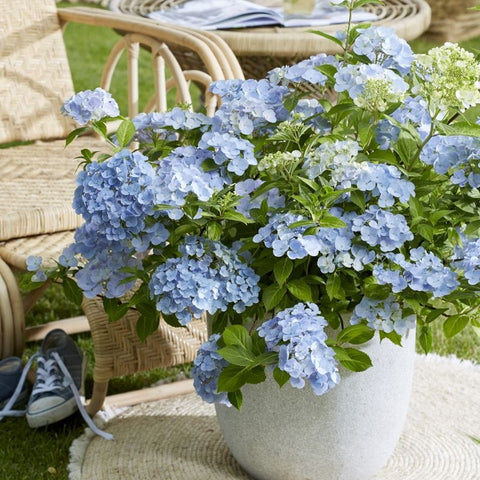
Hydrangea macrophylla 'Runaway Bride' An exciting advancement in Hydrangeas! Flowering all along the branches. A well deserved “Chelsea Winner” in 2018.


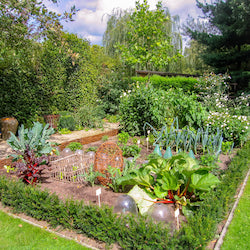
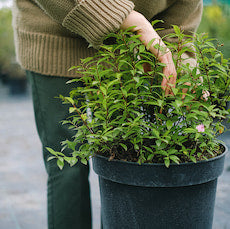
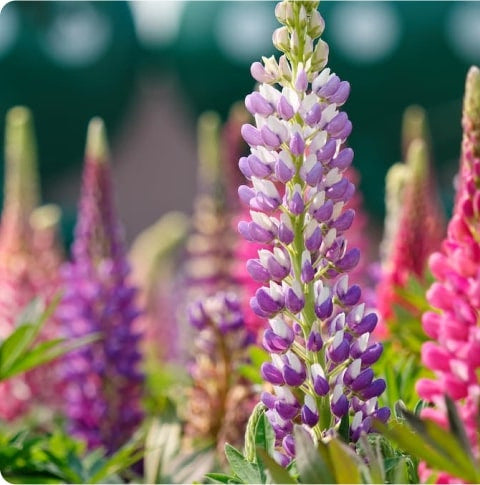


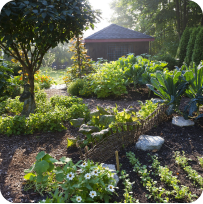





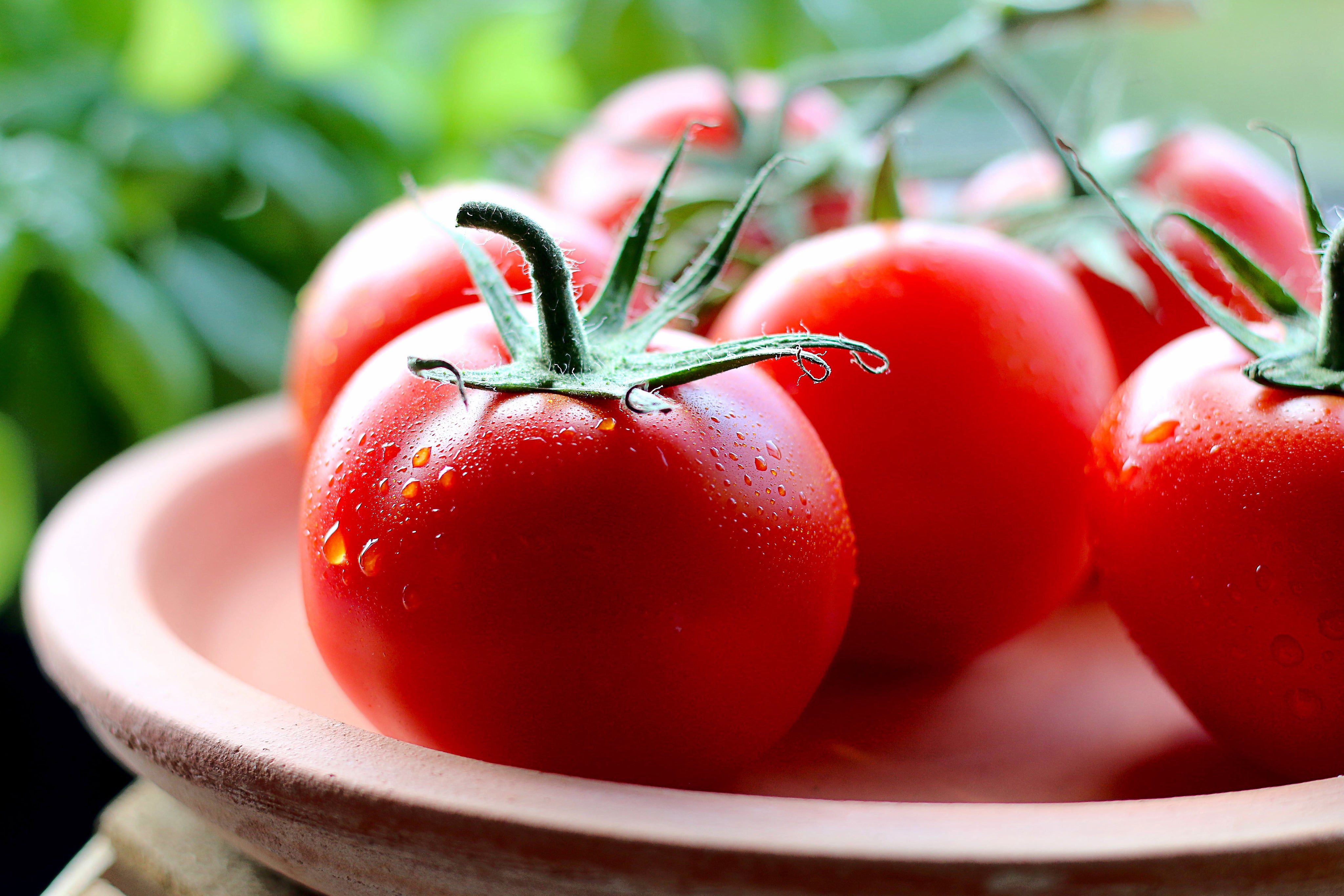

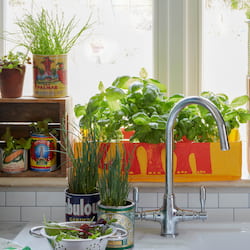
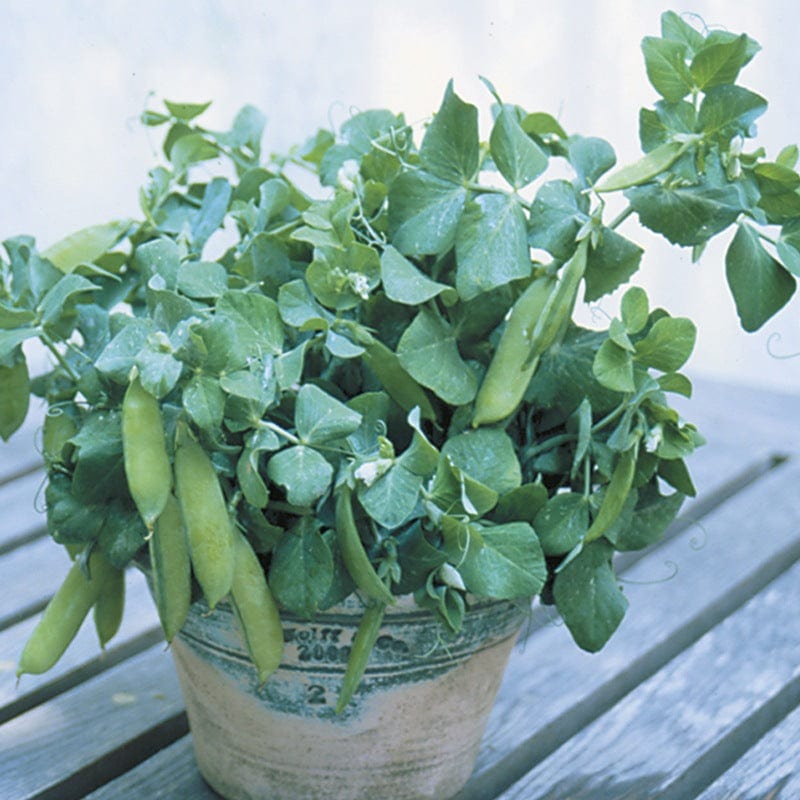


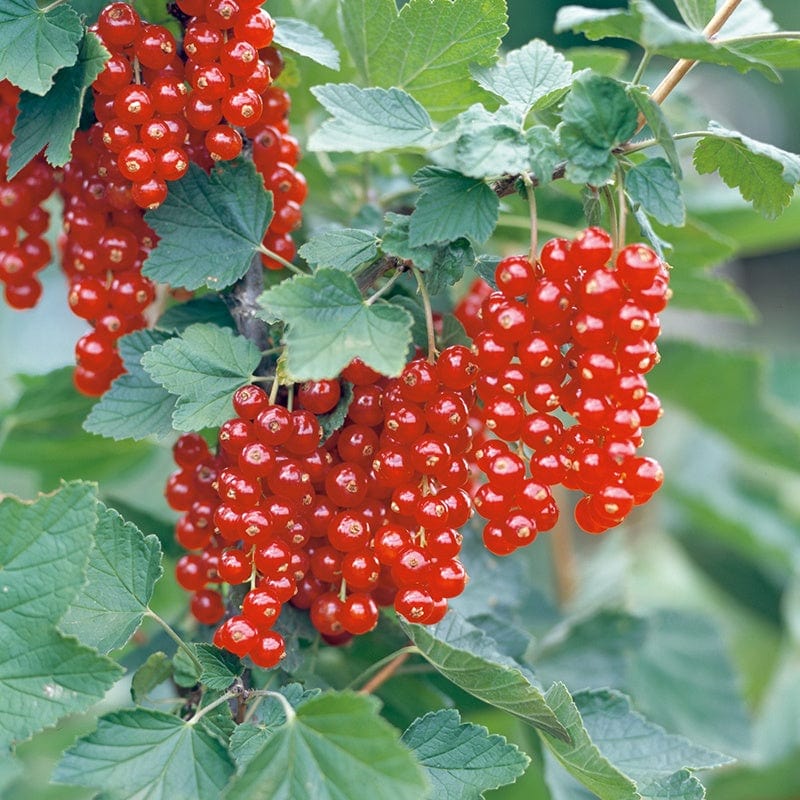
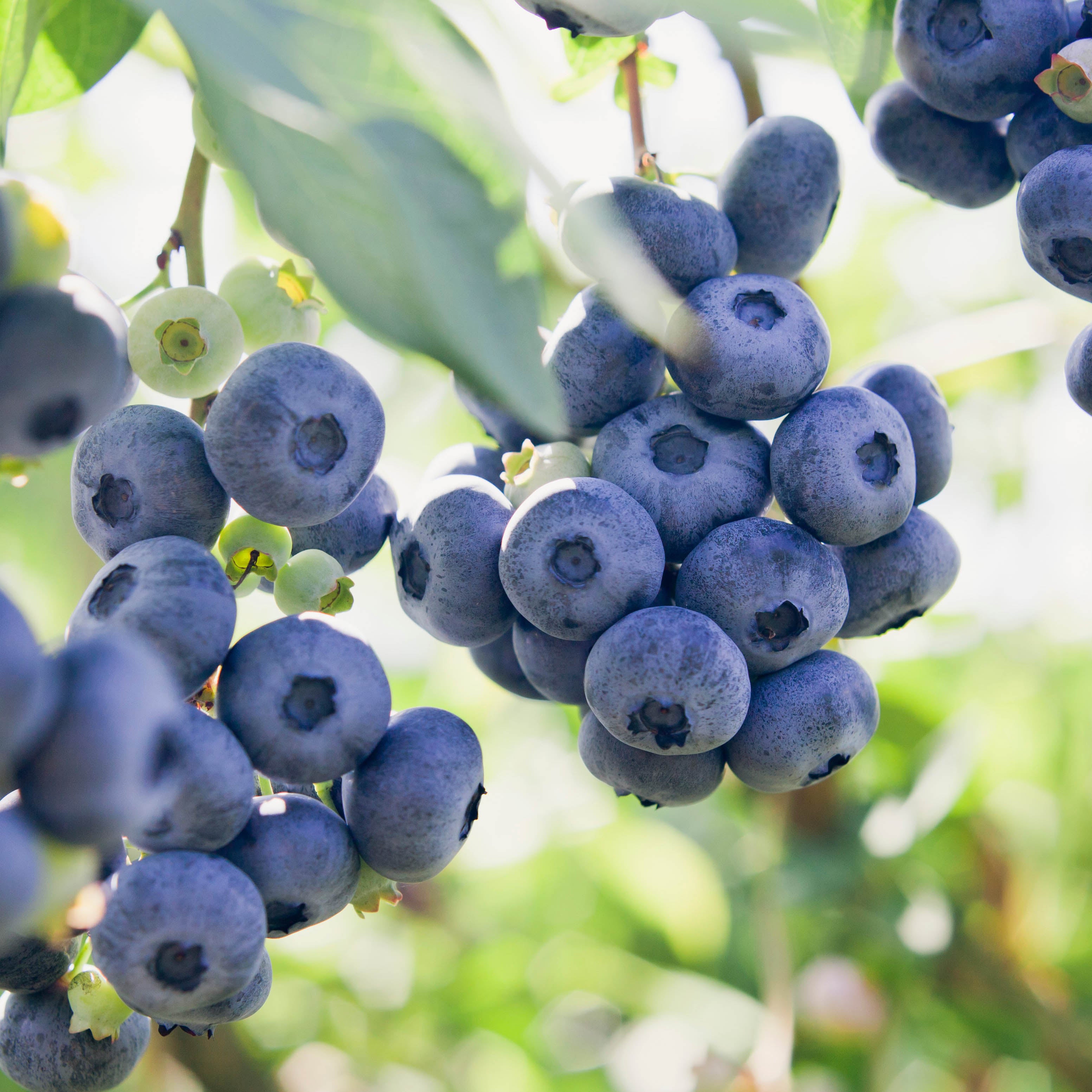
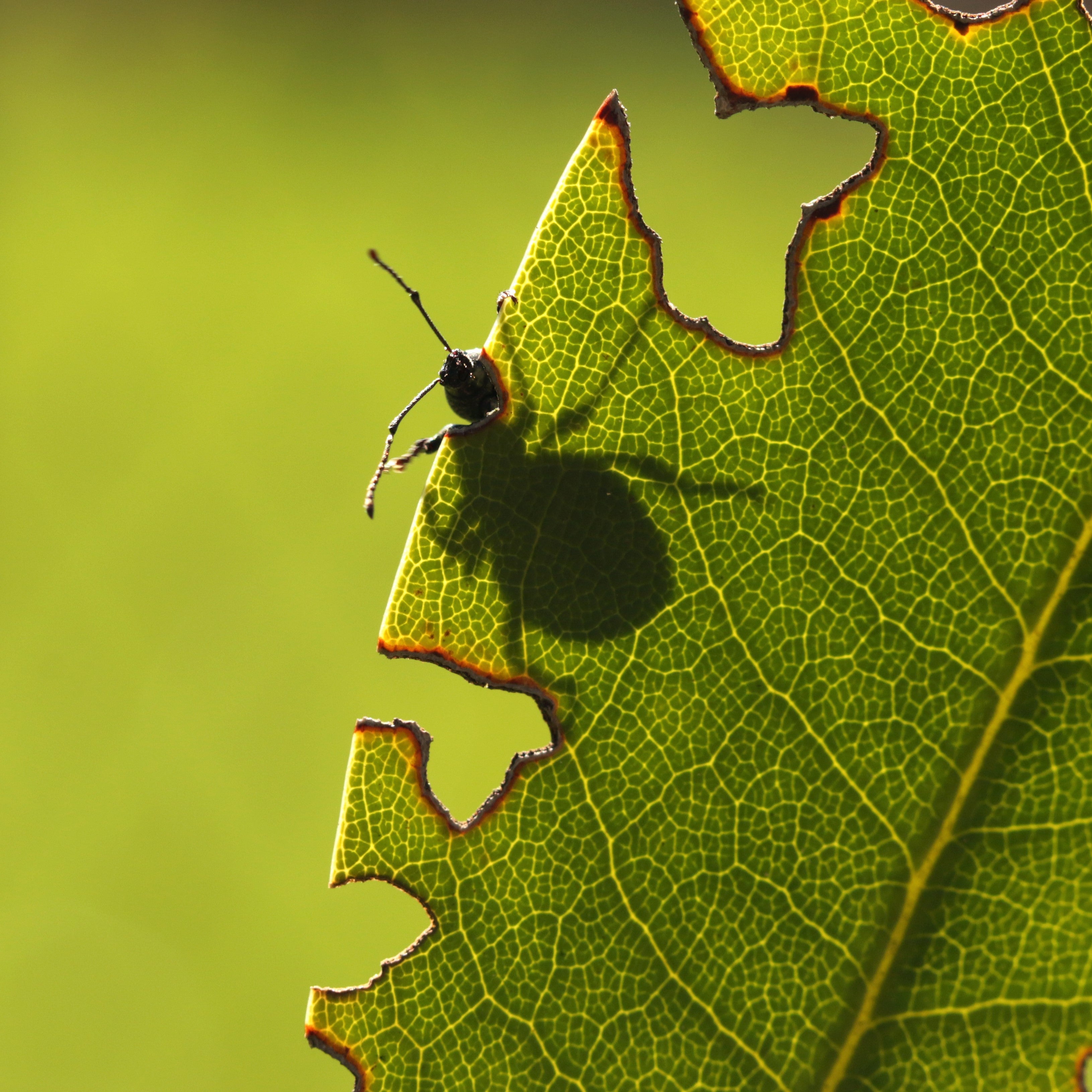

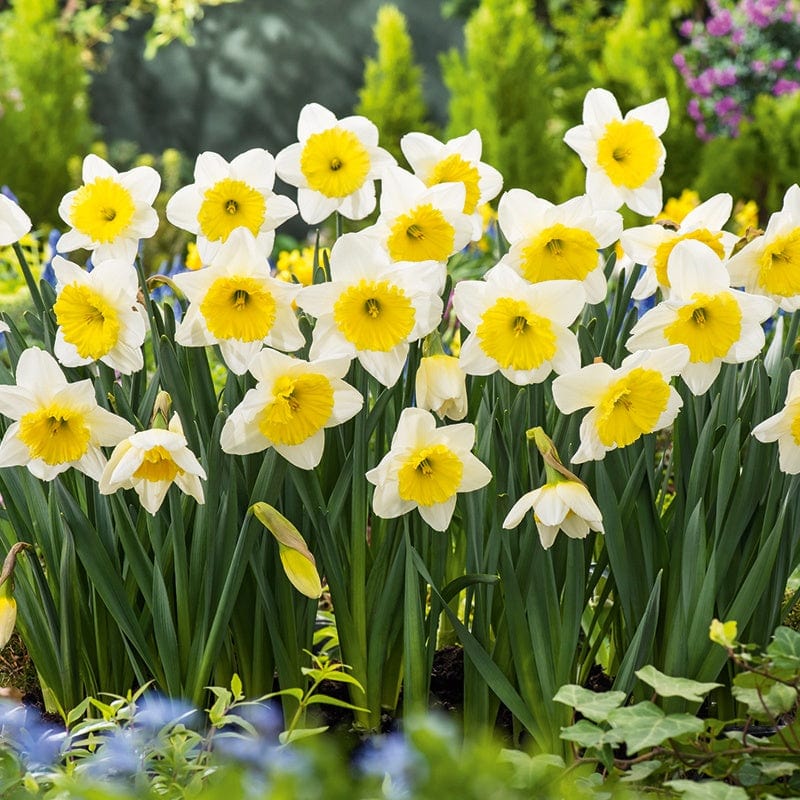
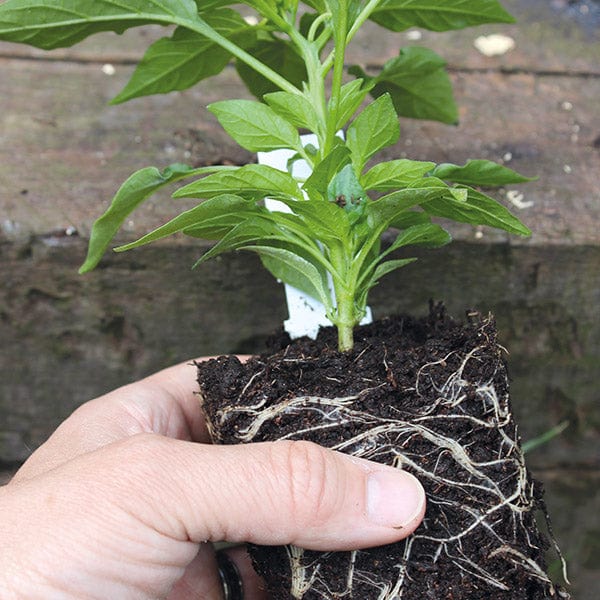

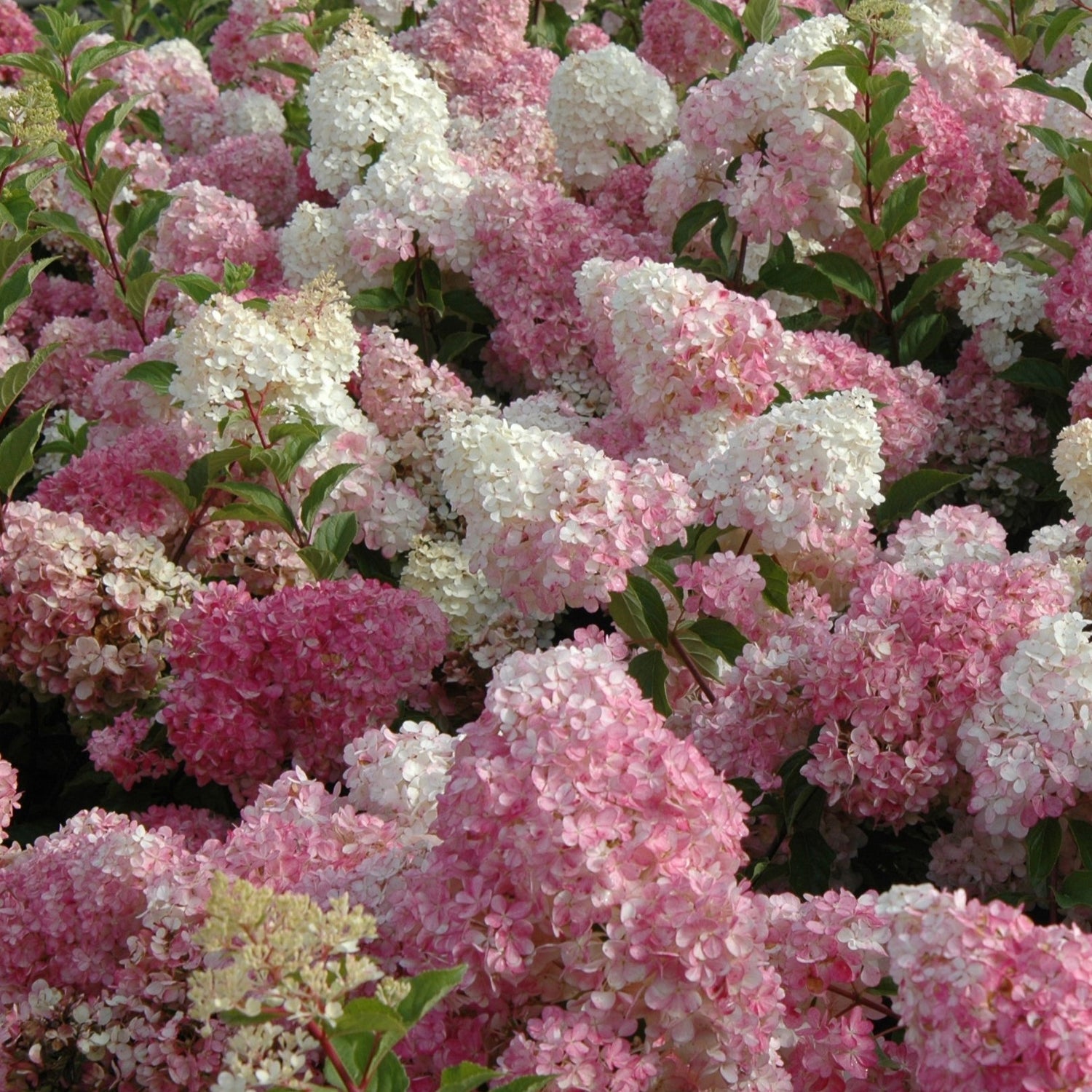

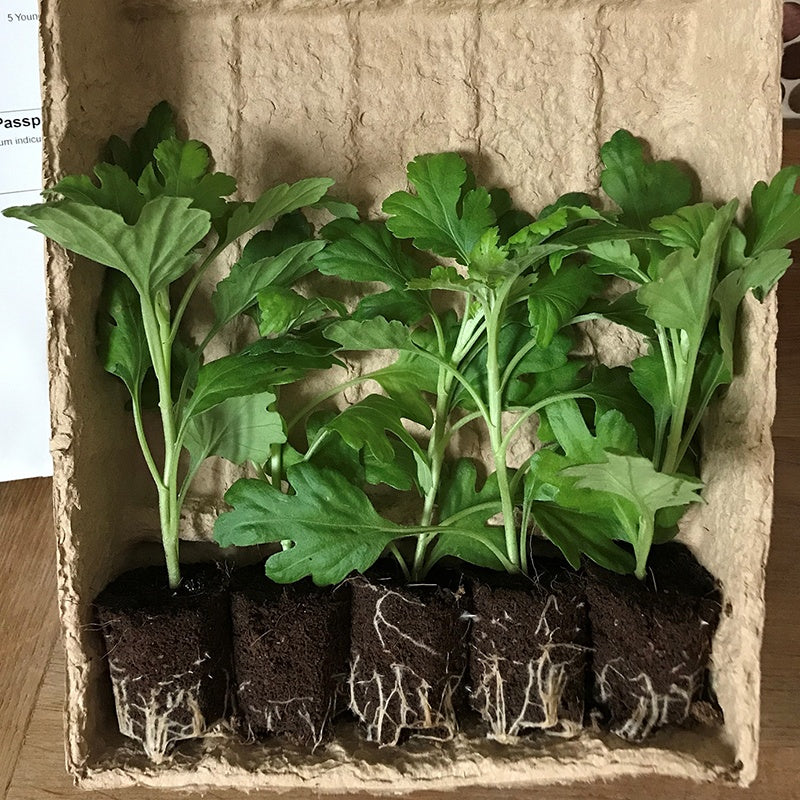
Leave a comment
All comments are moderated before being published.
This site is protected by reCAPTCHA and the Google Privacy Policy and Terms of Service apply.